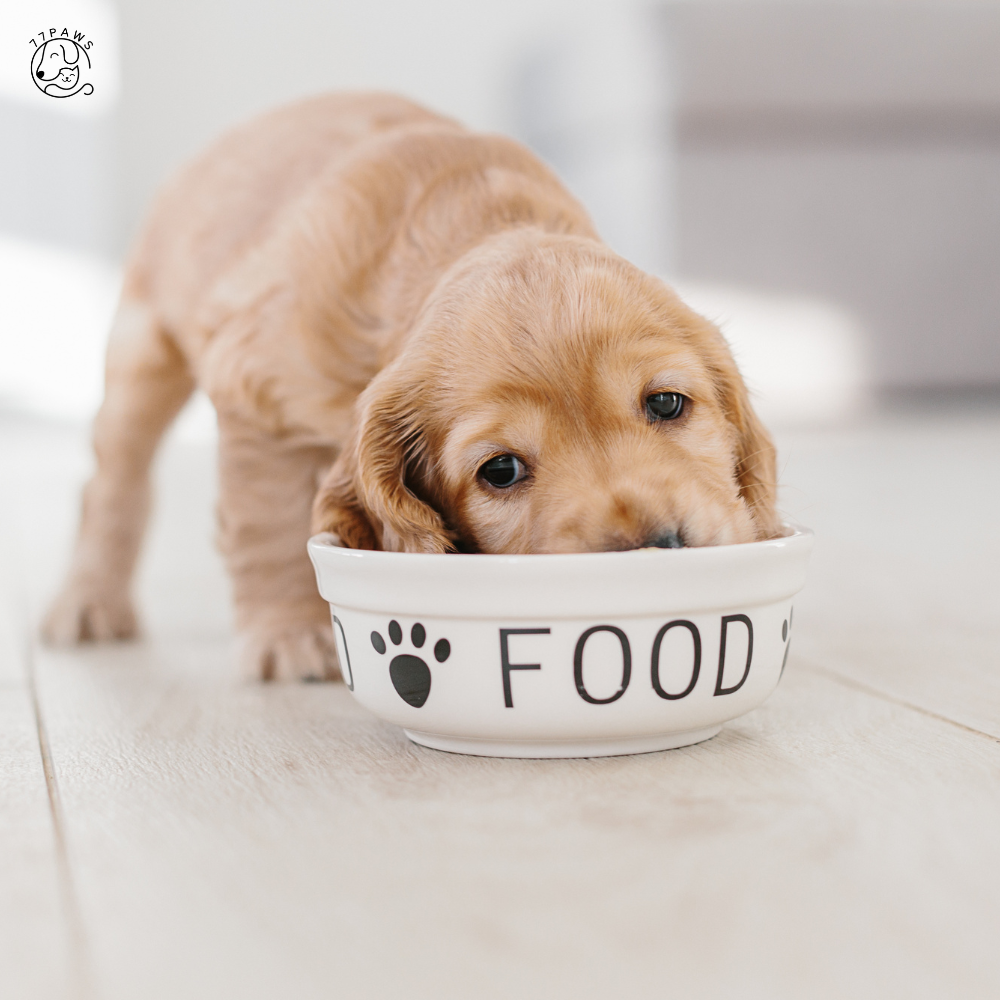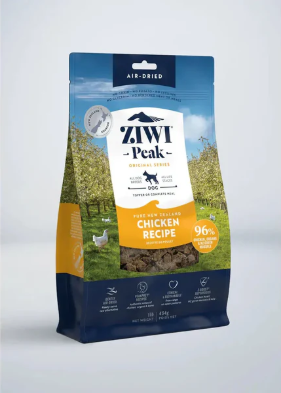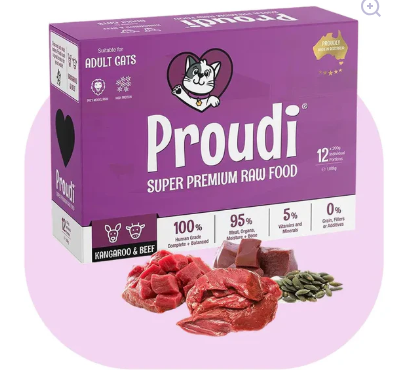Caring for a dog is a reward in itself, but the responsibilities that come with it can sometimes leave even the most devoted pet owners with questions. Amid the daily walk routines, baths, playtime, and cuddles, there’s one aspect that often leaves people scratching their heads: how much dry dog food to pour into the bowl each day. Striking the right balance for optimal feeding isn’t as simple as one-size-fits-all, which is why a proper feeding guide can be invaluable.
Some days, your dog polishes off every last kibble in seconds. Other times, the bowl sits untouched. Is it enough? Too much? Are you supporting their wellbeing, or inadvertently topping up health worries? These aren’t trivial concerns. Feeding, guided by a proper feeding guide, affects everything from energy levels and coat shine to long-term health issues like obesity and diabetes.
Why Portion Size Matters
Overfeeding isn’t unusual. Australian dogs, like their counterparts globally, are experiencing a rise in obesity rates. On the other hand, underfeeding or offering nutritionally lacking formulas leads to low energy, poor immunity, or stunted growth in pups.
So, how do you get it right? There’s more to it than simply following what you see printed on the back of a bag of kibble; a proper feeding guide can provide valuable insights. The amount your dog needs depends on a mix of age, breed, activity level, body condition, and even the very food you select, particularly when dealing with an adult dog.
Factors That Affect Daily Feeding Amounts
A closer look at what shapes your dog’s nutritional requirements reveals that variety is the norm, not the exception:
● Breed and Dog Size: A Chihuahua’s bowl looks nothing like a Great Dane’s.
● Age: Puppies, adults, and seniors all have different nutritional needs.
● Weight and Body Condition: Feeding an ideal-weight dog is different to adjusting for those who need to lose or gain kilos.
● Activity Level: Working dogs or those who run daily have higher caloric demands than laid-back loungers.
● Health Conditions: Some dogs need special diets due to health issues (e.g., allergies, diabetes, kidney disease).
● Calorie Density of the Kibble: Not all dry dog foods are created equal. Some pack more energy per cup.
Let’s break down these factors further.
Guidelines, Not Rules: Manufacturer Recommendations
Every bag of dry dog food features a feeding chart, usually presented as a table showing daily amounts based on weight, making it an essential part of the feeding guide for your pet. While these recommendations are a good starting point, they aren’t tailored for your dog’s unique situation.
|
Dog Weight (kg) |
Daily Feed (grams) |
Typical Cups |
|
2 – 5 |
50 – 100 |
0.5 – 1 |
|
5 – 10 |
100 – 150 |
1 – 1.5 |
|
10 – 20 |
150 – 250 |
1.5 – 2.5 |
|
20 – 35 |
250 – 360 |
2.5 – 3.5 |
|
35+ |
360 – 500+ |
3.5 – 5+ |
Values are approximate and should be adjusted for activity level, age, and specific kibble calories.
If you look closely, these are wide ranges, and your dog might sit perfectly in the middle or far to either end. Think of these guidelines more as a baseline from which to tweak.
Age and Life Stage: Special Focus on Adult Dogs
● Puppies: Bursting with energy, developing muscle, bone, and brain tissue, puppies need more calories per kg of body weight compared to adults. They often require feeding three to four times daily with a kibble formulated specifically for growth.
● Adults: An adult dog (from about 12 months for small breeds, up to 18 months for larger ones) usually thrives on twice-daily feeding. Portions should support a healthy, lean body condition.
● Seniors: As metabolism slows and exercise levels drop, older adult dogs benefit from fewer calories, balanced with easy-to-digest proteins and supportive nutrients for joint and immune health.
Body Condition Over Body Weight
Assessing whether your adult dog is at an ideal weight is often more useful than simply going by the scales. Here’s a quick check:
● Ribs are palpable but not visible.
● Waist is clearly defined when viewed from above, regardless of your dog's size.
● Belly tucks up when seen from the side, which is typical in a healthy adult dog.
If you can’t easily feel ribs, or there’s no waist, reduce food intake a little. If ribs are pronounced or hip bones especially visible, you might need to increase the amount.
Feeding for Activity Levels
Active breeds or working dogs require significantly more energy. If your dog runs alongside you most mornings, hikes, or participates in agility or herding work, you’ll need to increase their portions—sometimes by as much as 20% or more. Less active companion dogs are often best fed at the lower end of recommended ranges.
Choosing the Right Dry Dog Food
Not all kibbles are created with the same energy and nutrient profiles. “Premium” brands often have a higher calorie count per cup, reflecting higher quality meats and fats. Budget brands may be bulked out with fillers, requiring a greater volume for equivalent energy.
Think about:
● Protein sources
● Fat content
● Carbohydrate quality
● Presence or absence of grains, if your dog has sensitivities
Consulting the calorie content (kcal/kg or kcal/cup) and following a feeding guide on the bag lets you fine-tune daily portions to match your dog’s needs.
How to Fine-tune Your Adult Dog’s Daily Food Intake
Trial and observation play a big part. Every few weeks, check your dog’s body condition and monitor energy levels. Appetite and stool quality are useful indicators, too. Excessively loose stools may indicate overfeeding or intolerance, while small, firm stools are a sign of efficient digestion.
Follow these steps for a practical approach to ensure optimal feeding, using a feeding guide as a reference:
- Start with the manufacturer’s mid-range recommendation based on weight, and refer to the feeding guide provided by the brand for specific instructions.
- Monitor your dog’s body condition and energy.
- Adjust the amount by 10 – 20% up or down every couple of weeks as needed.
- Split the daily allowance into two meals.
- Remember to account for treats in the total daily intake.
Special Considerations: Puppies, adults, seniors, and health needs
Some life situations require extra care:
● Puppies up to 6 months: More frequent, smaller meals.
● Pregnant or lactating females: Significantly higher energy demands, often 2-3 times the standard adult requirement in late pregnancy/active lactation.
● Dogs with chronic health problems: Consult your vet for precise dietary needs.
● Dietary transitions: When changing brands or formulas, gradually mix in the new food over 7-10 days to avoid stomach upset.
Treats and Table Scraps: The Quiet Culprit
It’s easy to forget about the impact treats have on overall calorie intake. The accumulated handful of training treats, a biscuit, or tidbits from the dinner table can quickly stack up. Ideally, treats should make up no more than 10% of your dog’s total calories each day. If you enjoy rewarding your dog (who doesn’t?), adjust their main meals accordingly based on their dog size, following a reliable feeding guide.
Practical Table for Common Dog Weights
|
Weight (kg) |
Sedentary (g) |
Active (g) |
Puppy (g) |
|
5 |
80 |
100 |
120 |
|
10 |
130 |
150 |
200 |
|
20 |
220 |
260 |
360 |
|
30 |
300 |
350 |
480 |
|
40 |
370 |
430 |
600 |
Values assume high-quality dry food at about 350 kcal/cup. Individual needs will vary, especially between puppies and adult dogs.
When to Consult Your Vet
If you’re ever unsure, or your adult dog has unique health concerns, your vet is the best resource for a comprehensive feeding guide. They can assess body condition, evaluate your chosen food, and recommend a feeding plan tailored to your dog.
Look for these signals as reasons to get expert advice:
● Sudden weight loss or gain
● Changes in appetite or water intake
● Persistent digestive upsets (vomiting, diarrhoea)
● Diagnosed medical conditions
● Reluctance to eat or sudden fussiness
Building Better Habits
Measure each meal according to the feeding guide to ensure optimal feeding. Free-feeding (keeping a bowl full all day) can work in rare cases, but most dogs thrive on a regular routine.
Make feeding time a positive ritual. A quality bowl, a designated feeding spot, and a calm environment make all the difference for adult dogs who are nervous or fussy eaters.
Pet supply specialists, like the team at 77Paws in Sydney, offer not just a wide selection of premium dry foods and accessories, but also guidance if you’re feeling lost. Their passion reaches beyond shelves stacked with dog food bags. It’s about your dog living their best life, with every scoop into the bowl counted towards that goal.
How 77Paws Can Support Your Dog’s Nutrition
With so many options available, the sheer choice can feel overwhelming. That’s where a trusted supplier, dedicated to both nutrition and customer service, makes all the difference.
● Fast shipping for when you’re almost out of kibble
● Hand-picked range of quality dry foods suitable for every breed, age, and adult dog
● Advice and support from people who adore pets as much as you do
Above all, every well-measured meal you pour is another moment of care and connection. That bowl carries more than nutrition — it’s part of the routine that ties you and your dog together, every day, for life.






